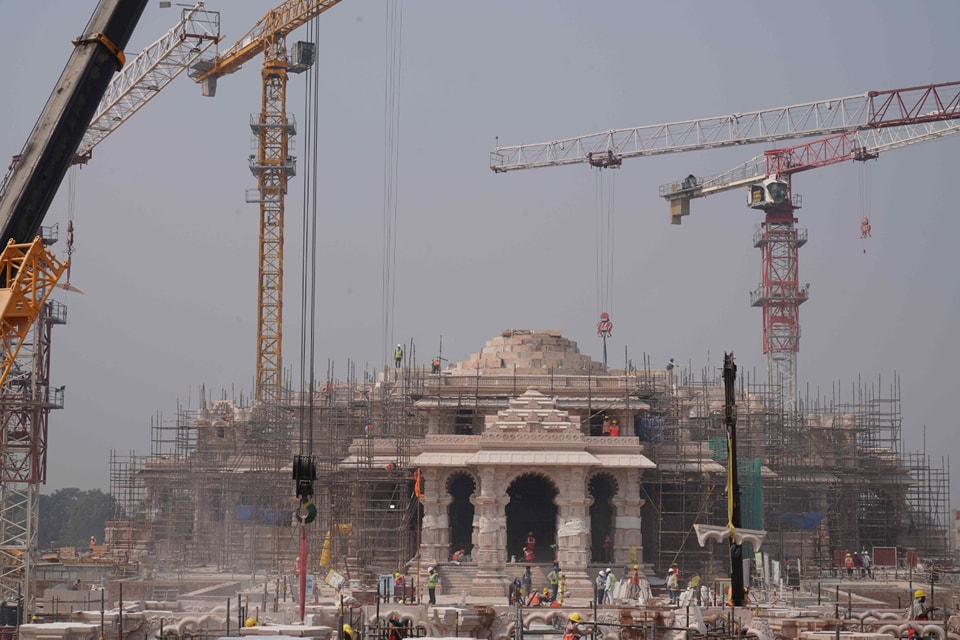The city of Ayodhya, also known as Rama Janmabhoomi (prabhu ShriRam’s birthplace), is a hub of divine energy and is said to have been constructed by the Gods. Ayodhya is located on the bank of the sacred Saryu River and is among the most sacred cities in India because it is the home of many temples.
The construction of Ayodhya Rama Mandir is happening on the ground site where Prabhu Shri Rama had taken birth. Many people are still waiting to know more about the temple and what all things can be expected while it remains under construction. Well, we know you too are!!
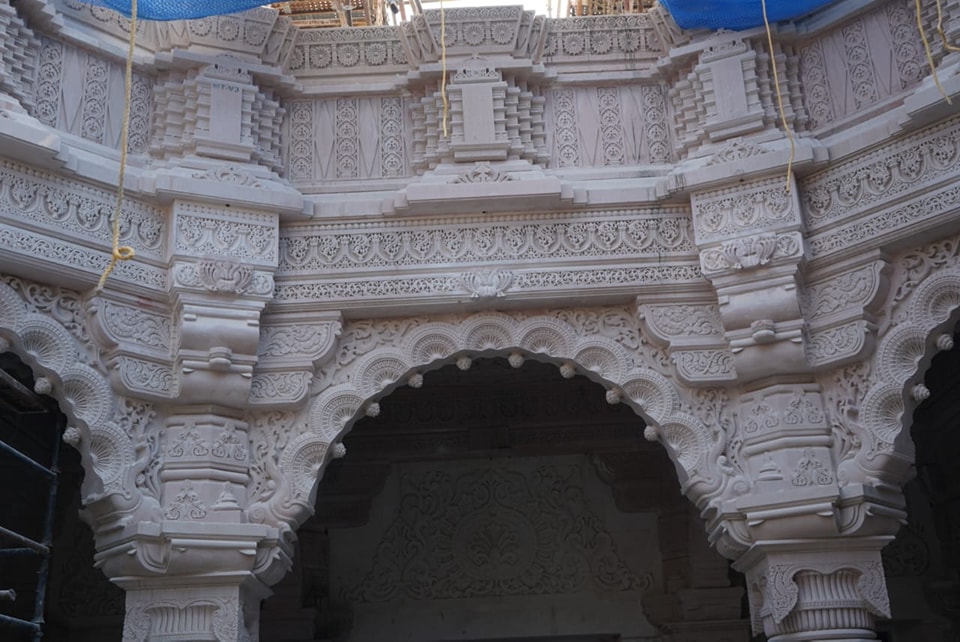
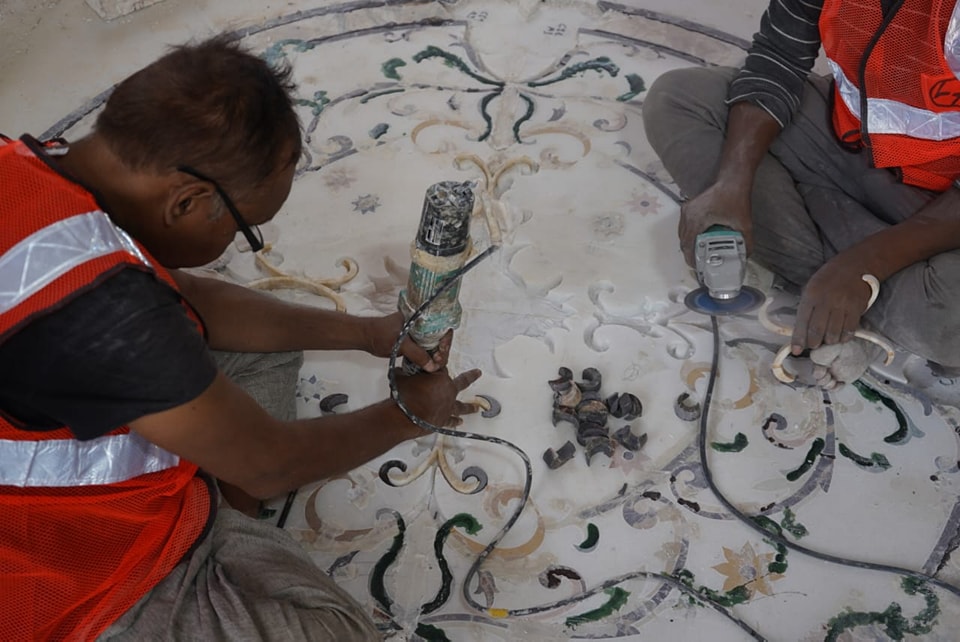
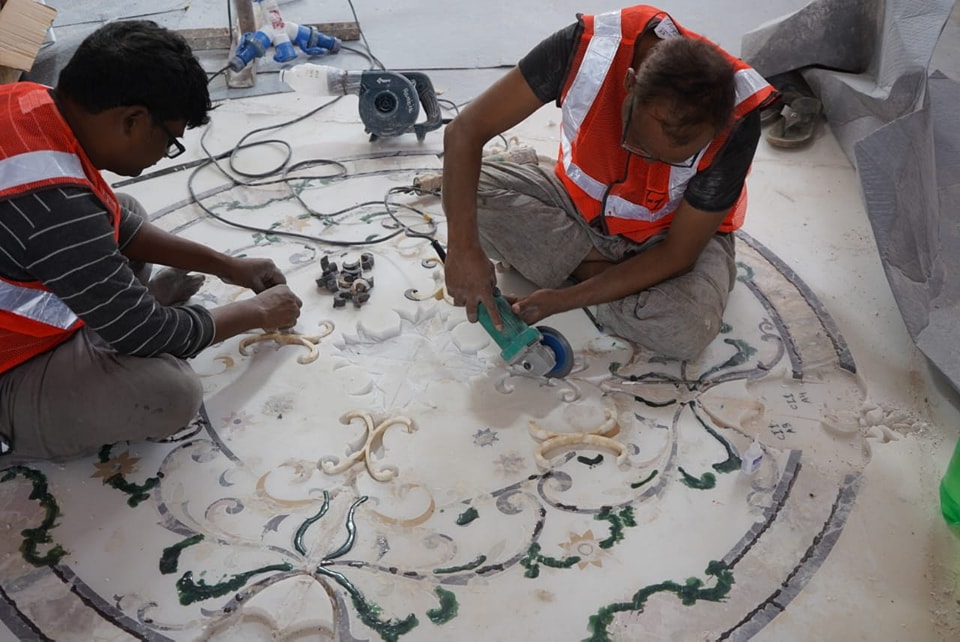
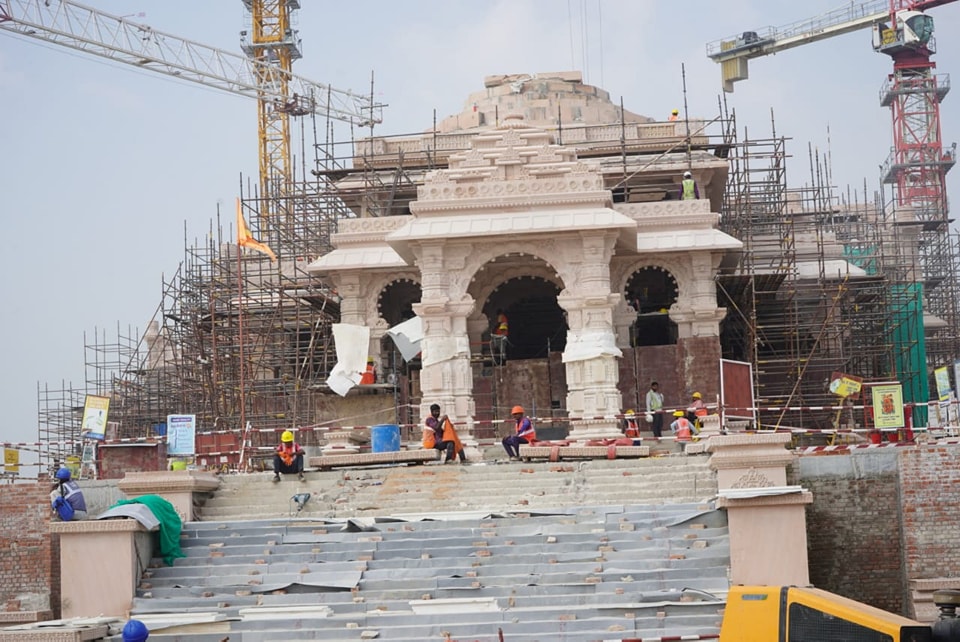

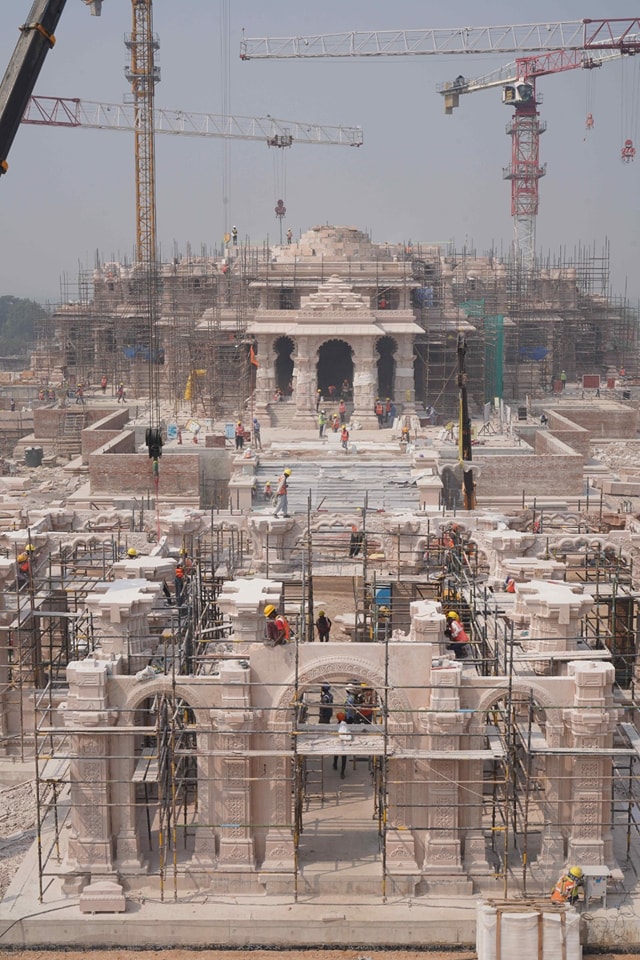
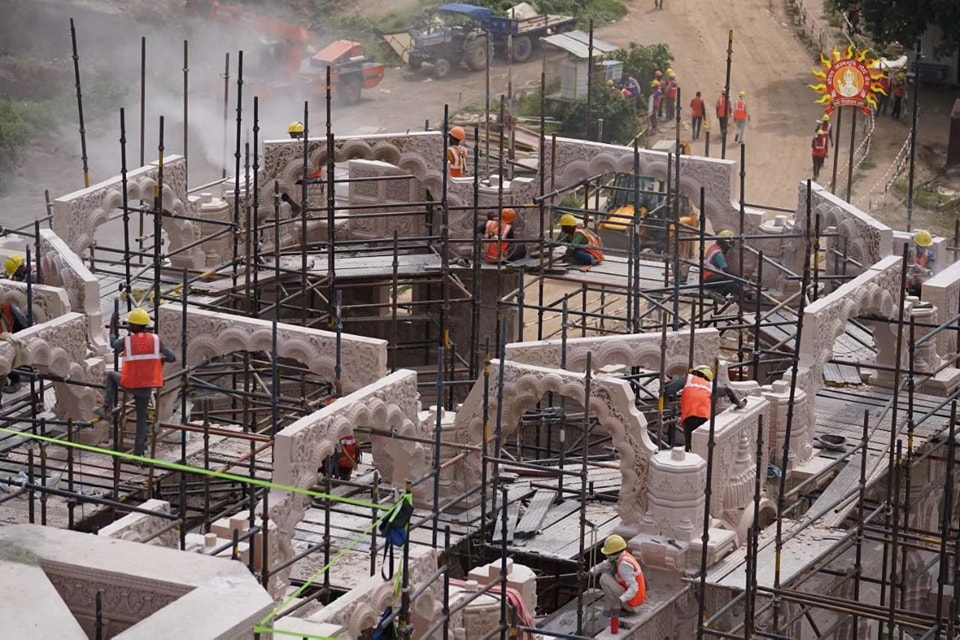
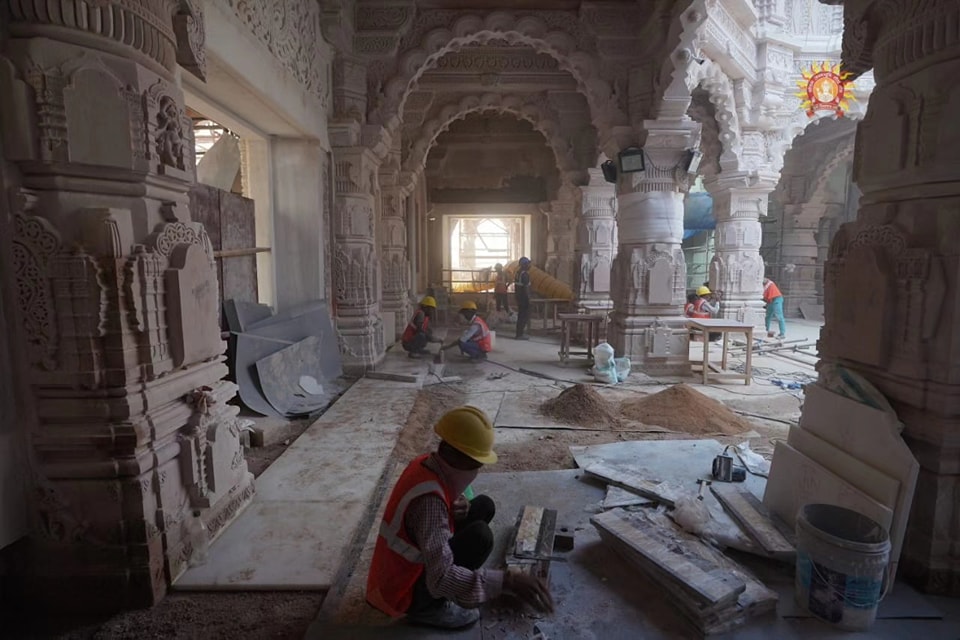

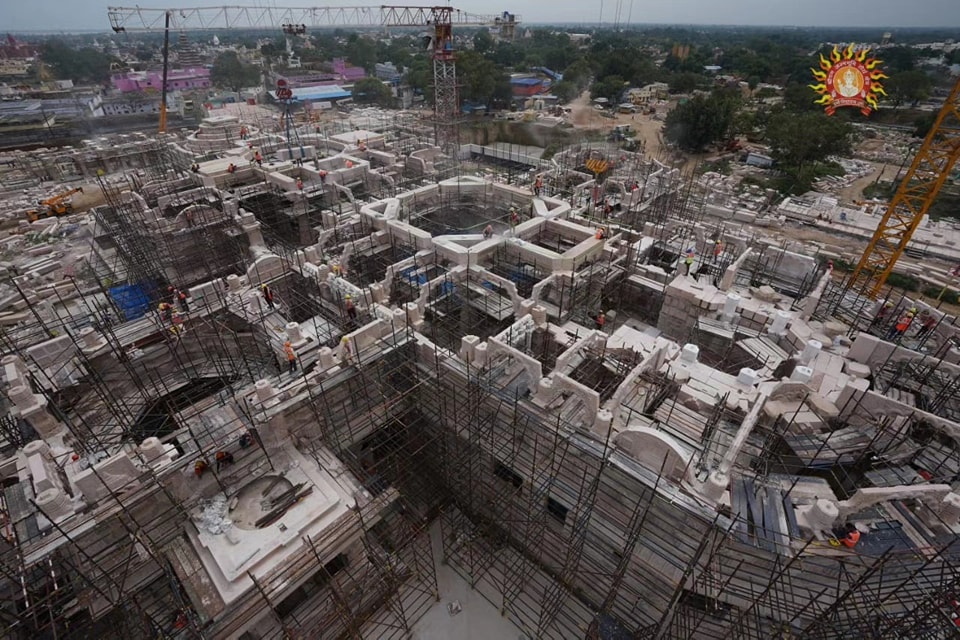
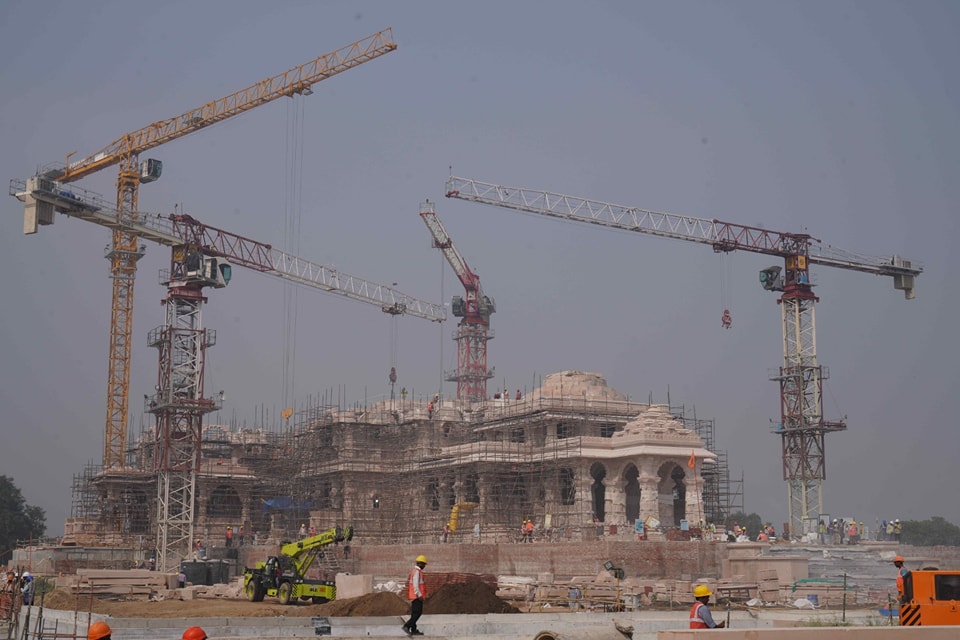

Rama, an avatar of God Vishnu, is a widely worshiped by Hindus. According to the ancient Indian epic, Ramayana, Rama was born in Ayodhya. In the 16th century, the Mughals constructed a mosque, the Babri Masjid, which is believed to be the site of the Rama Janmabhoomi, the birthplace of Rama.
Ayodhya is important to Rama’s devotees because it’s where Prabhu Shri Rama lived his life based on certain values and principles. People worship Prabhu Shri Rama in different ways – some call him “Ramlalla” because he was born as a baby, some call him “Son” because he was a son to their mothers, and some call him “Friend” because he’s a friend to young people. No matter how you worship him, you should definitely go to Ayodhya at least once in your life!
The temple construction is being supervised by the Shri Rama Janmabhoomi Teerth Kshetra Trust. The ground-breaking ceremony was performed by Our Prime Minister Narendra Modi on the 5th of August 2020.
The agency overseeing the temple’s construction says that the construction is 60% complete and the temple will be open to everyone by Jan 2024.
The Facts About Ayodhya’s Rama Mandir: A Comprehensive Guide:-
Largest Temple in India: – Based on the design structure, the temple will be the biggest in India. The height of the Rama Mandir at Ayodhya will be around 161 feet while the area of the temple will be around 28,000 sq. ft. The structure of the temple was designed by the family of Sompura.
No use of iron & steel in construction:- According to various sources, Rama Mandir will not be made of steel or iron. The Rama Mandir will be entirely stone-based. Instead of iron, it will be made of elements such as copper, White cement, and wood.
Special Bricks for construction:- The construction of the temple will be done using specially inscribed bricks, which are also known as ‘Rama Shillas’. Some of the bricks used for the construction of the temple are old bricks, which have been used for over 30 years.
Unique features to be in Temple design:- The temple will have two floors with a total of 128 feet in height. The ground floor will be dedicated to the life and childhood of Prabhu Shri Rama and the story of his birth, while the first level will be dedicated to Rama Darbar, the deity of the temple.
Time Capsule below the Temple:- The authorities are planning to put a time capsule 2,000 feet underground right under the temple. The idea is to keep the temple’s identity safe so it won’t be forgotten in the future.
Mohan Bhagwat, the head of the Rashtriya Swayamsewak Sangh (RSS), said on Tuesday that Lord Rama’s idol will be installed at the Ayodhya temple in Uttar Pradesh on January 22nd. Bhagwat was addressing a rally in Nagpur to mark the RSS’s Dussehra. He also invited people to put up programmes at temples all over the country to mark the occasion.
In Ayodhya, preparations for Deepotsav have begun, with 24 lakh ‘diyas’ or earthen lamps to be lit on ‘Rama ka Pairi’ and a light and sound show organised on Diwali’s evening, according to news.
In Ayodhya the Deepotsav tradition began with the formation of the Yogi Adityanath government in 2017. Starting with 51,000 lamps in 2017, the number grew to 4.10 lakh in 2019, over 6 lakh in 2020 and over 9 lakh in 2021, establishing a a Guinness World Record.
Rama ki Pairi’s ghats were lit with over 17 lakh diyas in 2022, but according to the Guinness World Records, only the diyas that stayed lit for 5 minutes or more made it to the record, which was 15.76 lakh.

